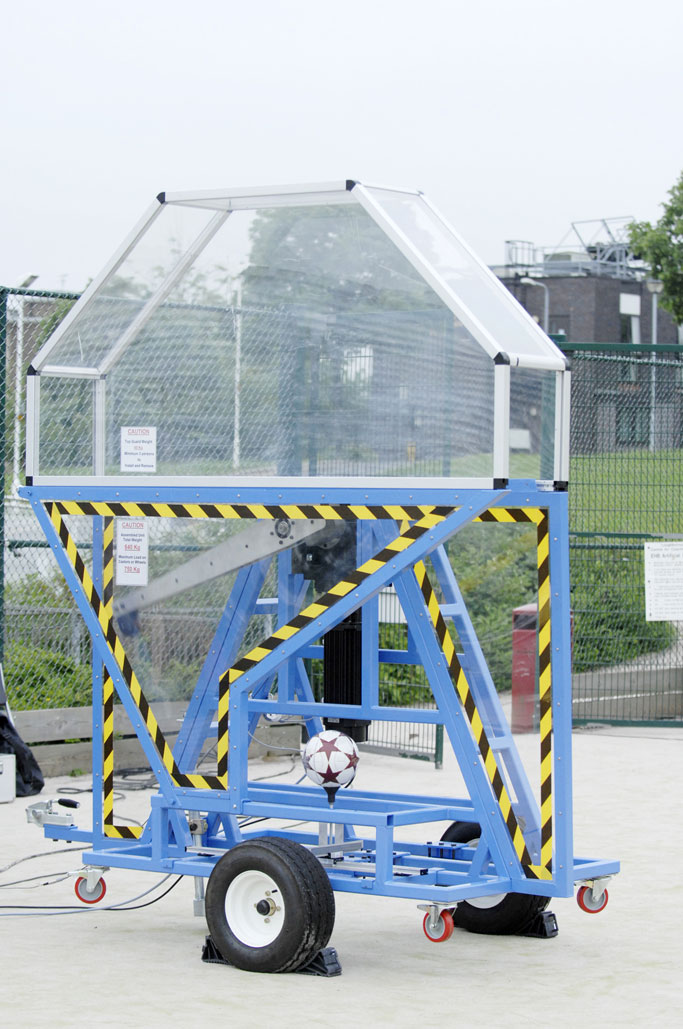Computer models now under development could enhance the design of sports equipment to help people of all abilities realise their sporting potential.
The models, more sophisticated and more specialised than others previously used in sports equipment design, produce unprecedentedly realistic simulations of how potential ball designs, for instance, will actually behave when in use.
This data can then be harnessed by sports equipment design teams to ensure that the final products they develop behave (e.g. bounce and spin) as required and, above all, with more consistency than ever before. This is vital if sportsmen and women are to optimise their skills, apply them with confidence and maximise their achievement.

“The UK is at the forefront of sports-related engineering,” says Dr Andy Harland. “Our computer models can provide invaluable technical input to the sports equipment design process. For example, by enabling the real-world behaviour of different design options to be simulated with extreme accuracy, they can reduce the need to manufacture expensive prototypes and cut the time required to get improved equipment from the drawing-board to the shops.”
The basis of the models is provided by commercially available Abaqus software. The team take this software and then, by developing and adding complex algorithms, enhance its ability to simulate mathematically the exact characteristics of a particular piece of sports equipment, of different playing surfaces and so on. The model can then show exactly what will happen when a ball, for instance, has a specified amount of force or spin applied to it, and how it will bounce and roll.
The underlying expertise has been developed with funding from the Engineering and Physical Sciences Research Council (EPSRC). Further funding targeted at specific objectives has been provided by adidas, the global sports equipment manufacturer. Key input has already been made to the design of the adidas +Teamgeist football used in last year’s World Cup in Germany. As well as other football projects, Andy’s team are currently working on models that will aid the design of next-generation running shoes which reduce the risk of injury.
The capabilities being developed could also allow designers to tune sports equipment more closely to the needs of the user, leading to increased participation in sport and therefore important health benefits across the population.
“There’s plenty of anecdotal evidence that children and some adults are deterred from taking part in sport by ill fitting or badly designed equipment,” Andy Harland comments. “It’s ironic that a largely sedentary activity like developing computer models can make a real contribution to the quality of sporting performance and the enjoyment millions of people derive from physical activity.”
- Engineering and Physical Sciences Research Council (EPSRC)






Comments